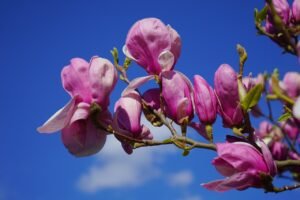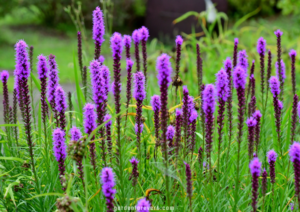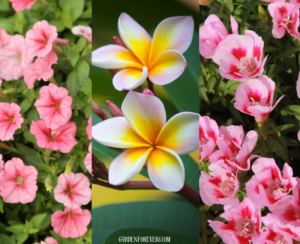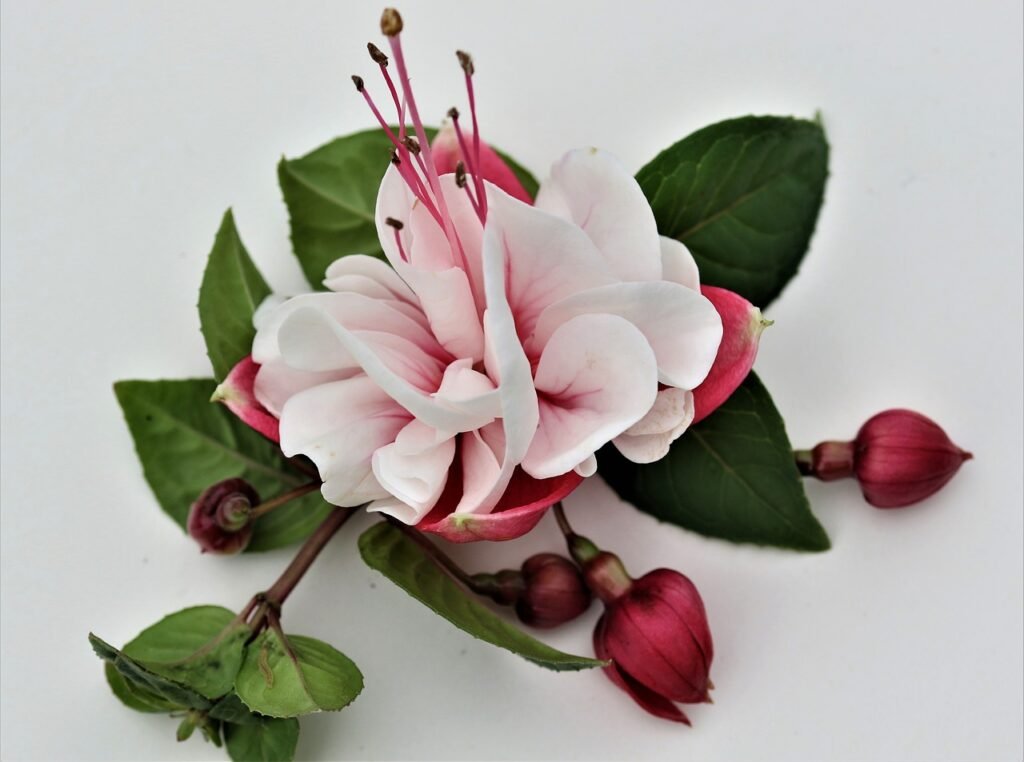How to Easily Take Care of Your Air Plants: A Complete Guide
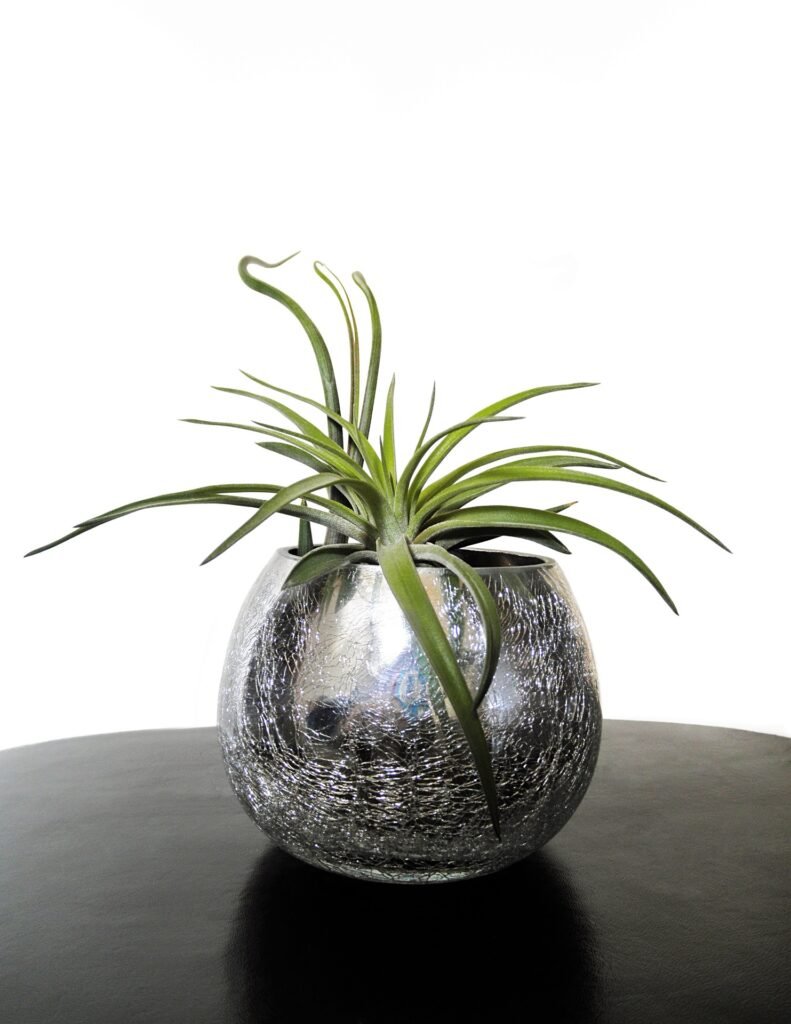
In This Article
Taking care of air plants (Tillandsia spp.) can be an enjoyable and rewarding experience in the United States. These unique plants are known for their ability to grow without soil and absorb moisture and nutrients from the air. They have become increasingly popular among gardeners and indoor plant enthusiasts. Click here to learn more about money plants and other flowers and houseplants Ensuring proper care ensures that your air plants thrive and enhance your space. Here is a comprehensive guide to caring for air plants:
How to plant Air Plants
Light
Air plants thrive in bright, indirect light. Place them near a window where they can receive filtered sunlight or artificial light sources like fluorescent lights. Direct exposure to sunlight for extended periods can lead to leaf burn or dehydration.
Water
Providing water to air plants is crucial for their health. However, they have different watering needs compared to traditional potted plants. Submerge your air plants in room temperature water for about 20-30 minutes once a week. After soaking, shake off excess water and allow them to dry completely within 4-5 hours to prevent rotting. In dry or hot climates, you may need to water them more frequently, especially during the summer months.
Air Circulation
Proper air circulation is essential for the growth of air plants. Ensure they are placed in a well-ventilated area with good airflow to prevent stagnation, which can lead to rot or fungal growth.
Temperature of Air Plants
Air plants prefer moderate temperatures ranging from 50°F to 90°F (10°C to 32°C). They can tolerate brief temperature fluctuations but prolonged exposure to extreme heat or cold can be damaging. Protect them from frost during cold months and position them near a source of warmth or cool breeze depending on the season.
Humidity
Air plants thrive in humid environments, but they can suffer from different levels of humidity. In dry climates or during winter when indoor air becomes dry, provide extra humidity by misting your air plant 2-3 times a week or placing them near a humidifier.

Fertilization Of Air Plants
Air plants do not require regular fertilization like traditional plants. However, occasional feeding can promote growth and blooming. Use a specially formulated air plant fertilizer and dilute it to one-fourth strength. Mist your air plant with fertilizer once a month during the growing season (spring to fall).
Blooming
Air plants typically bloom once in their lifetime, usually after reaching maturity. The flowering process depends on the species and can last from several weeks to several months. Provide optimal care with proper light, water, and occasional fertilization to encourage blooming. After flowering, the plant may produce offsets (pups), which can be separated to propagate new plants.
Mounting
Air plants can be displayed in various creative ways, including driftwood, rocks, or decorative holders. Choose a mounting surface that allows good air circulation and stability. Avoid using adhesive glue or any harmful substances to mount air plants. Ensure the base of the plant makes contact with the mounting surface.
Pests and Diseases of Air Plants
Air plants are relatively resistant to pests and diseases compared to traditional plants. However, they can occasionally be affected by pests like aphids, mealybugs, or scale insects. Regularly inspect your air plant for signs of infestation and treat promptly with insecticidal soap or neem oil to prevent further spread. Avoid overwatering as it can lead to fungal diseases or rot.
Propagation
Air plants reproduce as part of their natural growth cycle by producing offsets (pups). Once the offsets reach about one-third to half the size of the parent plant, carefully separate them to propagate new plants. Allow the offsets to dry for a few hours before planting them in a new location. This ensures healthy growth and establishment of new plants.



